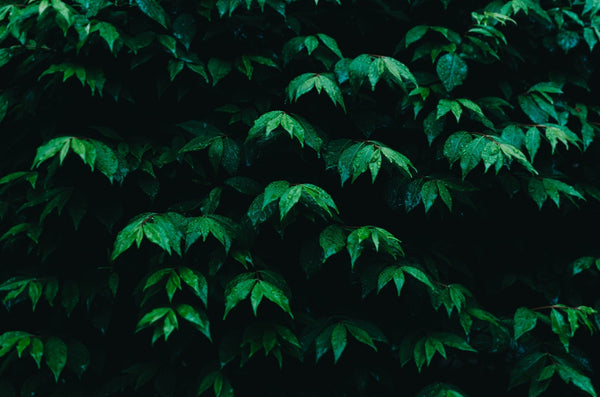When I traded email with Dominik, the programmer at Photone, a couple of years ago, he emphasized that point. The iPhone is a fairly stable platform to write to because there's a limited number of iPhones and Apple has, historically, created products of a uniform quality. That's one of the advantages of a closed ecosystem.The problem is that different phones give different readings, especially Android's.
In contrast, Android is wide open - if it can run Android OS, you can market the hardware so there is no way to ensure consistency. That's the heart of the matter. In an email of 4/22/23, he wrote:
"In general, we’re still heavily working on the Android Beta’s accuracy as we’re supporting over 20’000 Android devices and know that factory calibrated accuracy can be a hit or miss. Ideally, the Android version should be calibrated using any of the methods described here: https://growlightmeter.com/guides/how-to-calibrate-photone/ (just FYI, if you encounter any Android user having issues)"
You can make the argument that measuring light levels is so fraught with inaccuracy that it's not such a big deal to be, say, 20% inaccurate and there is some merit to that argument frankly (that statement opens a can of worms, eh?) My counter to that argument is simple - my preference is not to use a $1k device (or whatever) when I can use a $35 purpose built device. Second, rather than spend $5 for a license for Photone, with an unknown level of accuracy, I'd prefer to spend $35 on something that has a known level of inaccuracy.
In contrast, if you calibrate Photone it's got a lot of advantages simply because it's software running on a very portable computer. The website for the product is vastly improved and, according to the programmer and a few other sources, there are hardware devices where Photone is very accurate.
That wasn't my experience, though. In my experience and testing (Photone on my iPhone XSMax), Photone was not able to give me a reading when I tested it against my Kind blurple (from 2017), it does not accurately read the PPFD of the sun, and was >15% off when I tested it using a Mars SP 3000 and compared the results to my Apogee.




